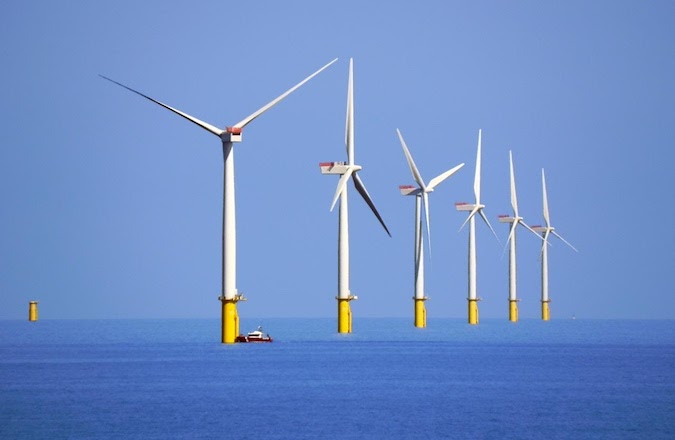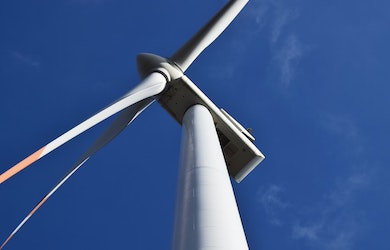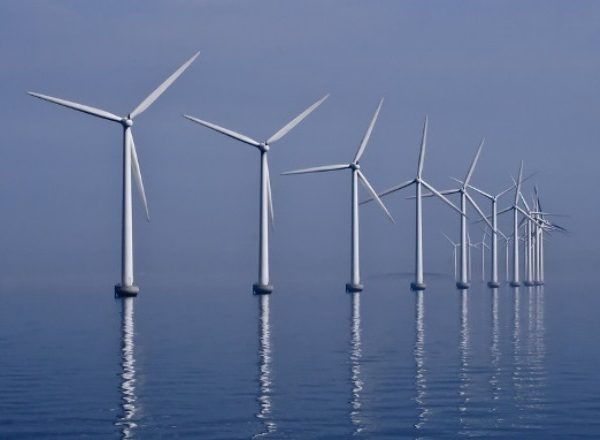Background
The total wind generating capacity in the UK increased by 19 GW from 5.4 GW in 2010 to 24 GW in 2019[1]. In 2018, UK offshore wind capacity rose 1.6 GW following the opening of three major projects: Hornsea One, Beatrice extension, and East Anglia One. In 2019, SSE won the auction to build Dogger Bank an offshore wind farm with a total capacity of 3.6GW[2].
While the cumulative capacity has gone up, the price for offshore wind energy has reduced significantly. In 2017, the price per MWh was £167, while the price in 2021 is £83. Prices are set to reduce even further thanks to projects like Dogger Bank, which will deliver electricity at circa £40 per MWh. The price of electricity produced by offshore wind farms is expected to reduce to £46 by 2025[3].
Figure 1: Offshore wind farm[4]
The New Government Policy
Currently, the UK has the largest and most dynamic offshore-wind market in the world. However, new arrangements are expected to change this. The new UK policy is set to reduce investors’ returns and increase consumers’ costs.
Recently the UK has introduced a new preliminary step where bidders have to bid for the lease of the seabed for 60 years and an annual option fee to be paid until they make a final decision on the investment.
This bill is expected to weigh on the construction costs significantly.
The impact upon developers and investors
Costs for a project can rise by 35% as a result of this bill. In terms of capital costs for an offshore wind farm, this will mean an additional £880 million per year to be paid to the UK Crown Estate. Considering that six years are needed to reach the final investment decision stage this will result in a £5.3 billion cost increase on a project.
The impact upon consumers
The impact on power prices will be significant. With the brunt of this increase likely to be passed onto the consumer. It is estimated that the price will have to increase by 25% to maintain the current internal rate of return for offshore wind development. This means that the price per MWh will go from £58 to £73[5].
Conclusions
With this new plan, cost for consumers are expected to rise while investors’ revenues are expected to fall. This will also mean that the pace of the clean energy transition will reduce significantly.
About Pager Power
Pager Power has expertise in helping wind developers assess the impacts of both offshore and onshore wind projects upon aviation and telecommunications as well as engaging with stakeholders. For more information about what we do, please get in touch.
References
[1] Wind powered electricity in the UK, gov.uk, n.d., last access: 01/03/2021
[2] Contracts for Difference Allocation Round 3 Results, gov.uk, 20/09/2019, last access: 01/03/2021
[3] Analysis: Record-low price for UK offshore wind cheaper than existing gas plants by 2023, Simon Evans, date: 20/09/2019, last access: 01/03/2021.
[4] Walney Offshore Windfarm, David Dixon, 28/04/2011, last access: 01/03/2021.
[5] Big Oil’s big money push into UK offshore wind raises eyebrows, Mark Lewis, date: 18/02/2021, last access: 01/03/2021.



